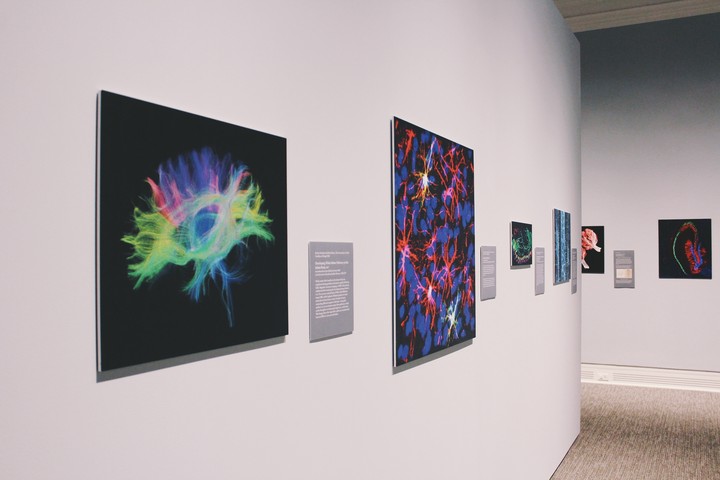The neural basis of external responsiveness in prolonged disorders of consciousness
 Image credit: Unsplash
Image credit: UnsplashAbstract
Objective
To investigate the structural integrity of fibre tracts underlying overt motor behaviour in PDOC.
Methods
This cross-sectional study examined 15 PDOC patients and 22 healthy participants. Eight PDOC patients met the criteria for the vegetative state, 5 met the criteria for the minimally conscious state and 2 met the criteria for emerging from the minimally conscious state. We used fibre tractography to reconstruct the white matter fibres known to be involved in voluntary motor execution (i.e., those connecting thalamus with M1, M1 with cerebellum, and cerebellum with thalamus) and used fractional anisotropy (FA) as a measure of their integrity.
Results
PDOC patients showed significantly reduced FA relative to controls on the fibres connecting thalamus and M1. This went above and beyond a widespread injury to the white matter and correlated with clinical severity. In a subset of patients, we also identified a similar pattern of injury in the fibres connecting M1 and cerebellum but a relative preservation of those connecting cerebellum and thalamus.
Conclusions
Our results suggest that structural damage to motor fibres may lead to reduced responsiveness in PDOC patients across all diagnostic sub-categories, and therefore behavioural assessments may underestimate the level of retained cognitive function and awareness across the PDOC spectrum.